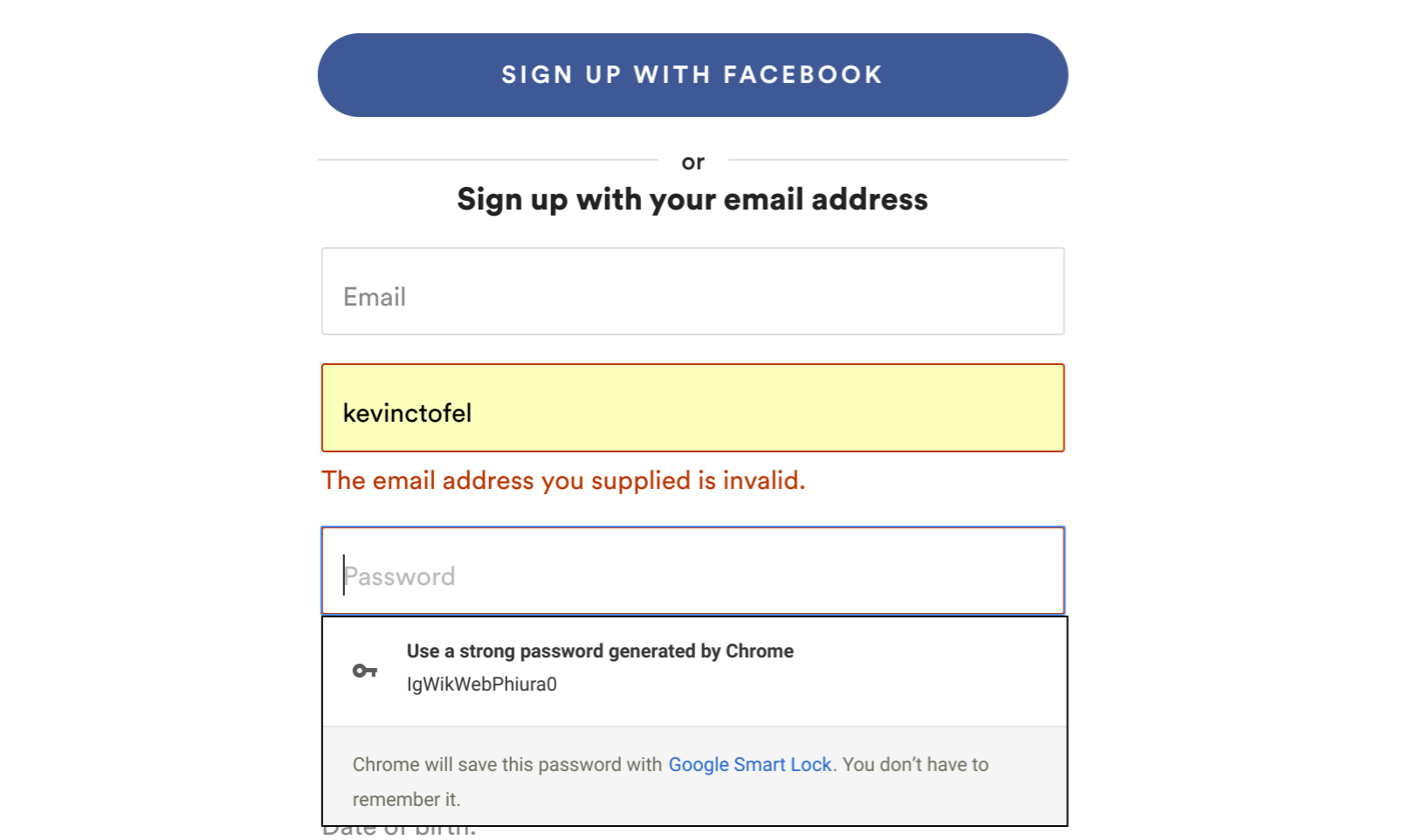
#Generate secure password lastpass password
From that point on, LastPass uses the authentication hash to verify that you have correctly entered your master password before granting you access to your vault. Once this step is finished, both your master password and your vault are encrypted, making it impossible for anyone to view or use them without knowing your master password. This means it’s not possible for LastPass to reverse engineer an authentication hash that was created for you.

And since hashing is a one-way function, LastPass cannot reverse the hash that it receives. These steps are done on the client side – that is, directly on your computer or mobile device – so that LastPass never sees or has access to your master password. LastPass performs 600,000 rounds (or iterations) of this hashing (aka mathematical functional), along with salting (inserting random numbers and iterations), to create the encryption key.Īfter all of these iterations have run to make your master password unrecognizable, resulting in the encryption key for your LastPass account, one final round of PBKFD2 is performed to create your authentication hash. LastPass uses a password-strengthening algorithm known as Password-Based Key Derivation Function 2 (PBKFD2) implemented with SHA-256 (Secure Hash Algorithm) to carry out this task.
#Generate secure password lastpass series
When you create a strong master password to protect your LastPass vault, LastPass then uses that password and your email address to derive an encryption key (a series of random numbers and letters) and an authentication hash ( or value). How encryption protects your master password in LastPass Here’s what you need to know about iterations, how they protect your LastPass vault, and why it’s important to increase the number of iterations you use to make your vault as secure as possible. Iterations can help you do just that, steadily securing your most important business data even as bad actors come up with even more inventive ways to break into online accounts. Īlthough having one password to rule them all certainly makes life more convenient, it also means you have to take special care to keep your master password safe from cyber criminals. With a password manager, you only have to keep track of one password to access your vault: your master password. Now, you’ve graduated to using a password manager to protect all of your online accounts. Not so long ago, you had a username, password, and that was it.

Password security, like passwords themselves, is becoming more sophisticated.


 0 kommentar(er)
0 kommentar(er)
